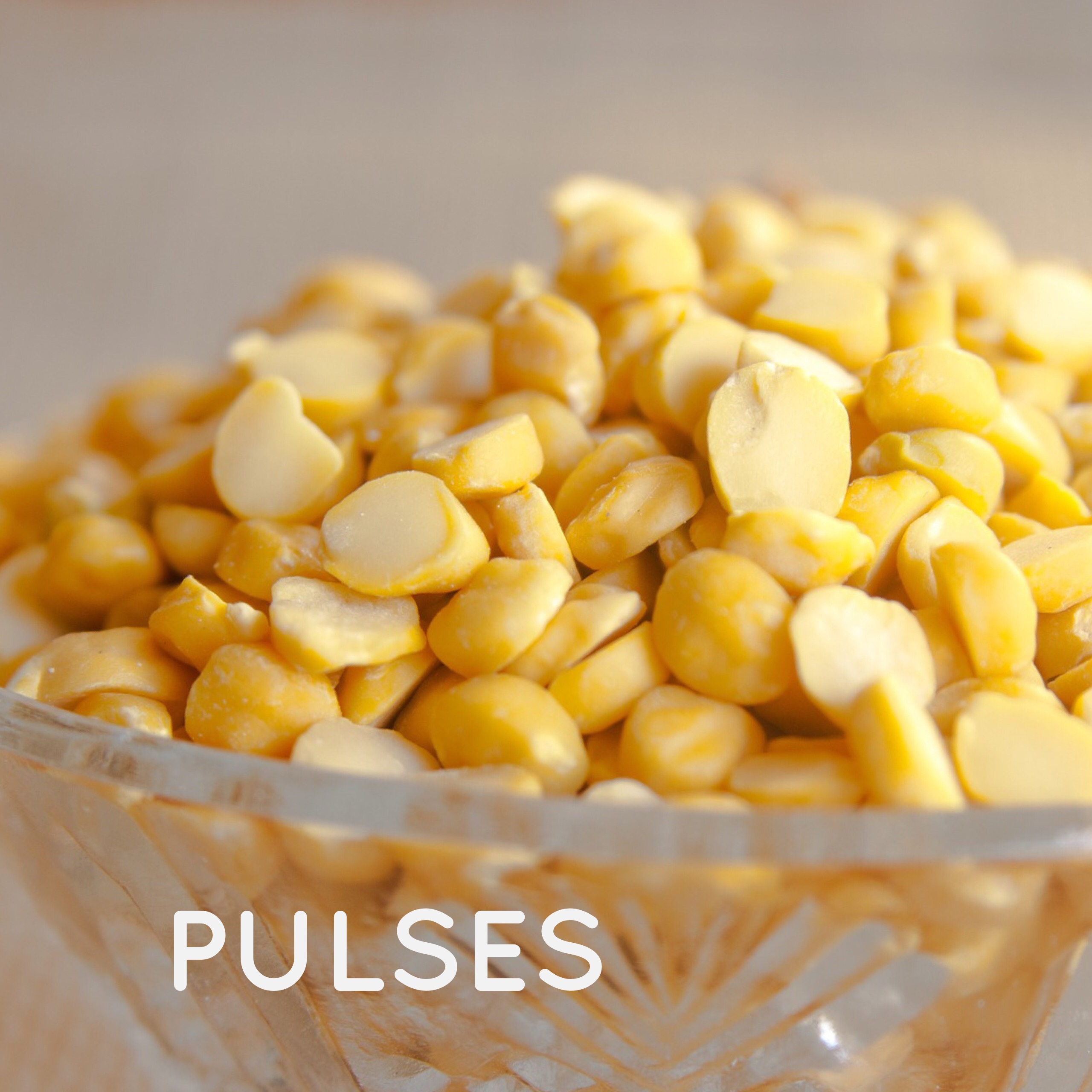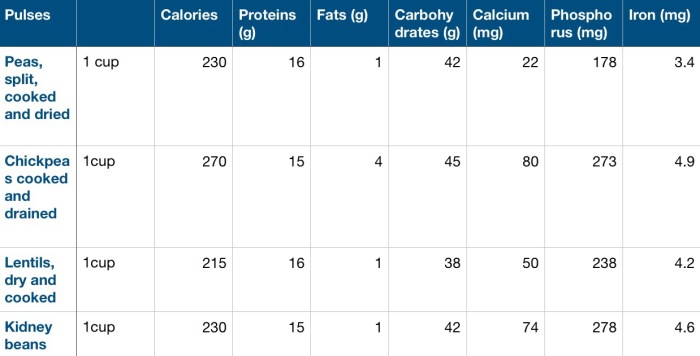 pulses are the dry and edible seeds of the legumes with low fat content. They are widely used by humans and animals all around the world. Most common examples of pulses are chickpeas, dried and split peas, kidney beans, soya beans, mung beans, and several types of lentils.
pulses are the dry and edible seeds of the legumes with low fat content. They are widely used by humans and animals all around the world. Most common examples of pulses are chickpeas, dried and split peas, kidney beans, soya beans, mung beans, and several types of lentils.
Nutritional composition of pulses
Pulses are rich in proteins almost twice the amount of proteins found in wheat. They are rich in carbohydrates , fibre, minerals like iron, calcium, phosphorus and vitamin B12. In many countries, where meat prices are high or meat consumption is forbidden due to religious factors, pulses are often used as a meat substitute because of its high protein and iron content.
Health benefits of pulses
- Pulses are good for weight management. Becauseof the high satiety effect of fibre and proteins present in pulses, it gives the feeling of fullness for a longer period of time. Also because of the low glycemic index and fat content, pulses are good for people with diabetes.
- The high fibre content of pulses helps to lower ldl cholesterol and reduces the risk of heartdiseases.
- Pulses are rich in non heme iron. Iron in pulses if used with food containing vitamin C is readily absorbed by the body and prevent iron deficiency anaemia in women and children.
- Pulses are rich in antioxidants and phytochemical that may contains anti cancer properties.
- Pulses are rich in folic acid which reduces the risk of neural tube defects in newborns.
Cooking techniques
- Soaking of pulses for 4-8 hours reduce their phytate content and cooking time. Soaking also helps to prevent flatulence and bloating which are normally caused by pulses. Pulses also contain some anti nutrients that reduce the ability of body to absorb nutrients present in them. These anti nutrients are removed by prolonged soaking of pulses with sodium bicarbonate.
- Pulses should be used with the source of vitamin C as it helps to absorb the iron present in them. Lemon juice on top of chickpeas salad is a perfect example.
- Pulses can be combined with variety of foods such as meat, grains and vegetables. They can be uses as a salad, main course or in soups and pastas.
- A pulses should be used with grains in order to attain high quality protein with essential amino acids especially in communities where the intake of meat is limited either due to poverty or religious factors.
by,
Aliya Waqas
